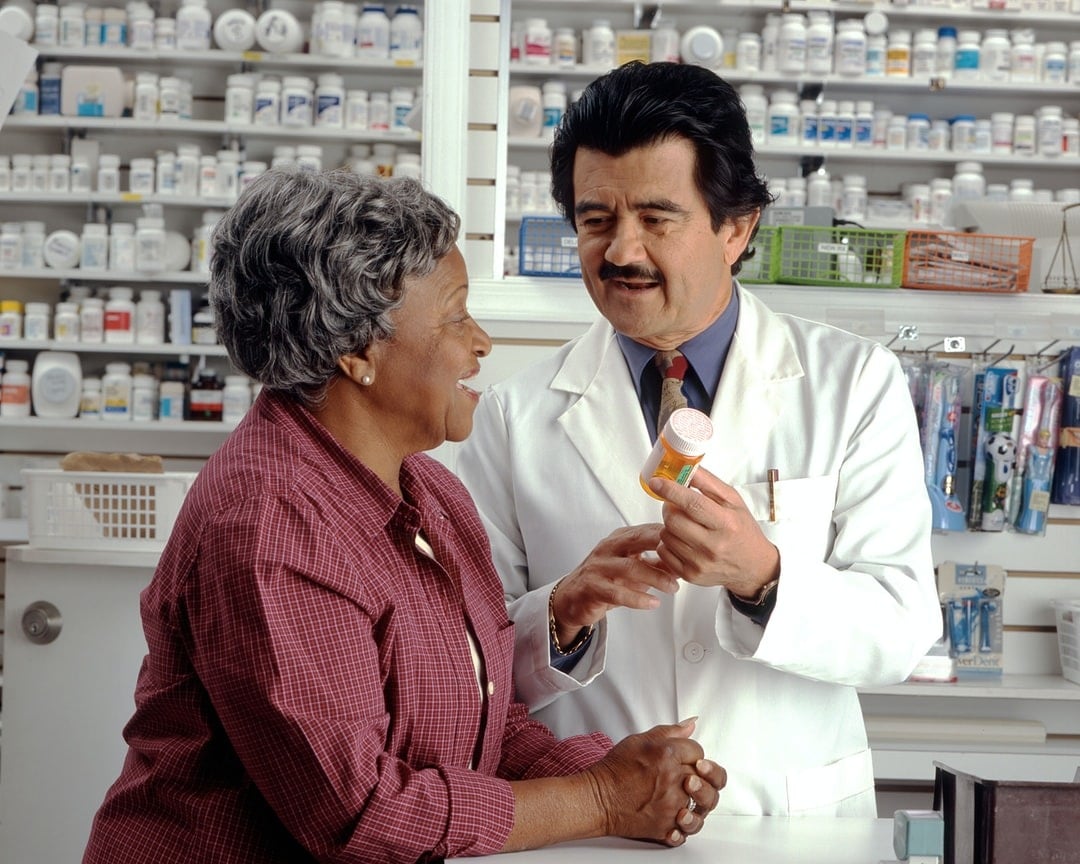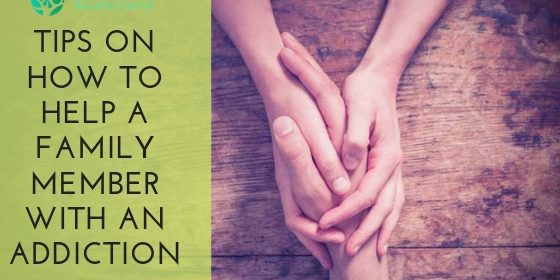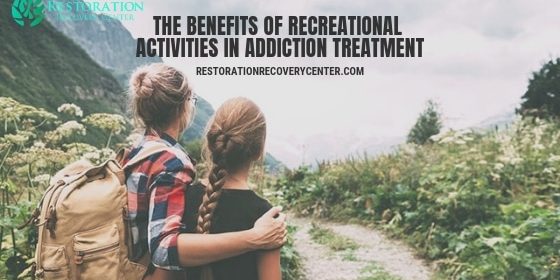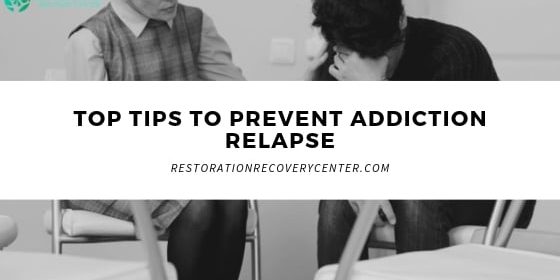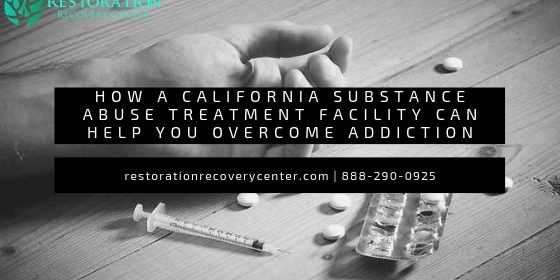What Makes Opioids Addictive?
Opioids affect the brain’s perception of pain. Medical professionals prescribe opioids—strong pain relievers—to treat a person’s moderate to severe pain. Opioids include morphine, heroin, and prescription painkillers like oxycodone, hydrocodone, codeine, methadone, and fentanyl. Recent research suggests that long-term use can lead to substance use disorder because the person will increasingly need more to achieve the same effect. This effect has resulted in a tough battle against opioid dependence that worsens with time.
How Do Opioids Work?
According to research, opioids fall into two categories: endogenous—those made by the body’s internal biochemical processes, and exogenous—those made from external sources. The brain produces its endogenous opioids—such as endorphins—that contribute to feelings of well-being. Endorphins generate feelings of pleasure and well-being. When actuated, endorphins elevate one’s mood in response to pain or stress.
After taking an opioid drug (natural or synthetic), users experience an increase in dopamine production, which creates a sensation of euphoria and well-being. Exogenous opioids are compounds in nature (e.g., opium) or are produced synthetically (e.g., morphine). However, tolerance to these substances develops rapidly. Eventually, the person requires ever-increasing dosages to produce the same level of effect, leading to addiction and withdrawal symptoms when users try to quit taking them.
Risk Factors of Opioid Addiction
The factors contributing to opioid addiction are complex and unique, but there is hope for those struggling with this disease.
- Chronic Pain: When used legitimately, opioids can relieve individuals with chronic pain. However, the abuse of these drugs leads to addiction and even death in some cases. People with chronic pain are at a higher risk of abusing prescription opioids. To help prevent dependency, use them according to your doctor’s direction.
- Genetic: Those with a family history of addiction may have an increased predisposition to developing a SUD.
- Psychological: People with mental health issues like anxiety, bipolar disorder, depression, and post-traumatic stress disorder (PTSD) are at higher risk. Opioids provide them a sense of relief from the symptoms of their mental ailments.
- Social: A person’s environment and social situation can lead to an addiction. For example, suppose someone is surrounded by friends or family members who abuse opioids. In that case, it leaves them more susceptible to trying the substance because of peer pressure or influence.
- Circumstantial: Those who live in impoverished areas with limited social support are more vulnerable to developing opioid addiction. The risk increases if they don’t have access to proper health care, jobs, support, or higher education. Essentially, they turn to opioids to escape from the pain and pressures of their current circumstances.
- Physical: People react differently to opioids. For example, some people are more sensitive to the drugs’ effects than others, so when they stop using opioids, withdrawal symptoms may set in faster and more intensely. These include nausea, vomiting, diarrhea, anxiety, irritability, tremors, and muscle aches.
Treatment Options for Opioid Addiction
Many different treatment options can help people who suffer from opioid addiction. If you or someone you love has been struggling with addiction, it is essential to consult a medical professional for the proper treatment plan.
- Therapy: Therapies can help address underlying issues like trauma or mental health disorders. Therapeutic options such as Cognitive Behavioral Therapy (CBT) can serve people with SUD well. This psychotherapy helps people understand, correct, and change negative or unhealthy thought patterns. It also allows people to modify their behavior to improve their mood and overall quality of life. It addresses the addictive behaviors that cause an individual to continue abusing drugs or alcohol. With CBT, participants can learn new skills to better cope with their urges and reduce the likelihood of relapse.
- Support Groups: Support groups help people with opioid SUDs feel less alone in their recovery. Individuals with a SUD gather together regularly for educational counseling, accountability, and sharing experiences.
- Naloxone (Narcan) – Naloxone is an injectable drug that reverses an opioid overdose. According to The Substance Abuse and Mental Health Services Administration, naloxone works by binding “to opioid receptors and can reverse and block the effects of other opioids, such as such as heroin, morphine, and oxycodone.”
- Inpatient Residential Treatment: Individuals complete this form of treatment at a residential facility for an extended period. Residential treatment offers intensive therapy to manage withdrawal symptoms, reduce cravings, and prevent relapses. Essentially, they help the participants unwrap the reasons behind their SUD and discover alternative means to deal with life on life terms. Some people who go through residential treatment stay on-site 24 hours a day, seven days a week for 1-6 months.
- Intensive Outpatient Treatment (IOP): IOP provides many different schedules to accommodate any person’s lifestyle. These programs typically meet for 6-12 hours per week with therapies, group counseling, and medical detoxification services.
- Medically-Supervised Detox: A detox provides the necessary medical attention and monitoring for patients withdrawing from drugs. Medical professionals can help with withdrawal symptoms and provide medications that help with cravings, anxiety, and depression. They also prescribe medication that helps rebuild brain chemistry and restore balance to the body.
- Medication-Assisted Treatment (MAT): MAT uses methadone and buprenorphine to manage drug cravings and withdrawal symptoms. These drugs work by helping the body wean itself off of opioids with more minor withdrawal symptoms and fewer cravings. NIDA reports that these medications can reduce the chance of relapse by as much as 50%.
- Alternative Pain Management: Consider over-the-counter pain medications (such as Tylenol and ibuprofen) as well as physical therapy and exercise. Tried-and-true stress relievers such as tai chi, yoga, and meditation can also be helpful. Talk to your medical team about creating pain management that excludes opioids.
The abuse of opioids can create a dangerous physical and mental dependency. They severely alter the brain’s normal functions, making it difficult to stay free of them. The U.S. Department of Health and Human Services has referred to prescription drug abuse as an epidemic. This fact illustrates the prevalence of opioid use today. The path to recovery from opioid use disorder is best discussed with a medical professional as it involves a specific approach for each individual. Restoration Recovery provides a range of evidence-based therapies like Cognitive Behavioral Therapy to help treat opioid use disorder and other substance use disorders. Clients receive peer support and access to holistic treatment options, such as art, yoga, meditation, and outdoor activities, at our facility in California. To learn more about our program and how we can help you or your loved one recover from substance use disorders, give us a call at (888) 290-0925.

